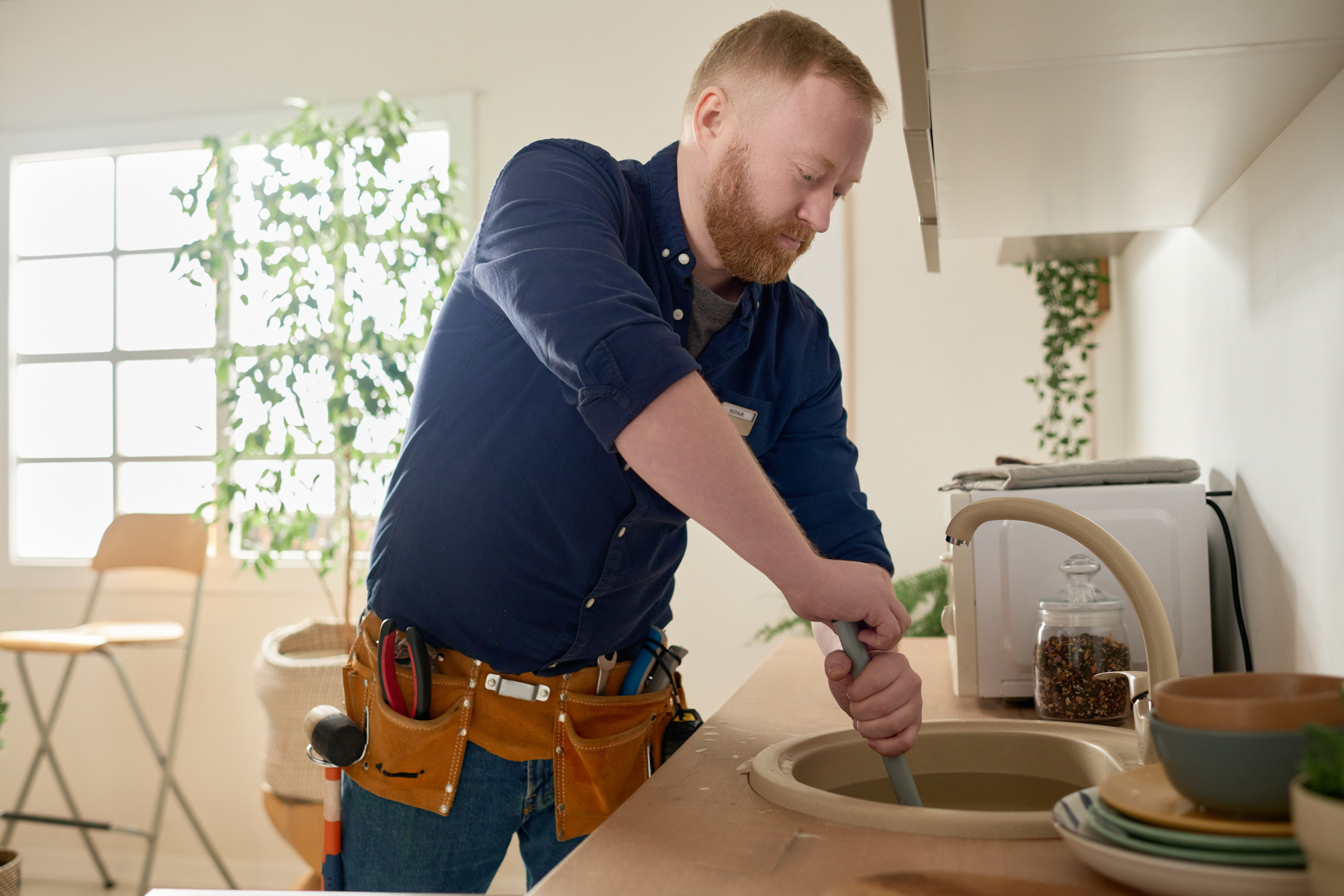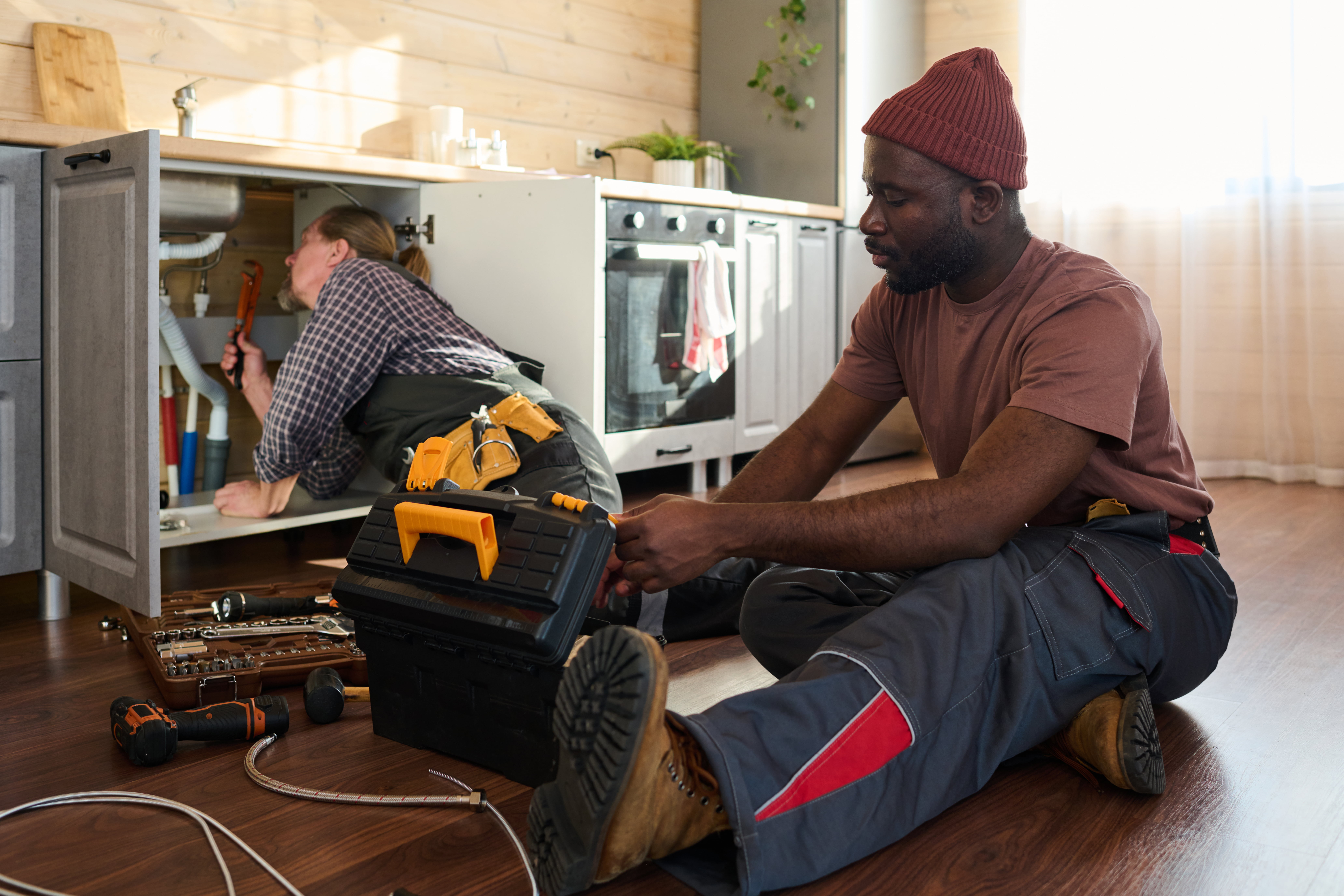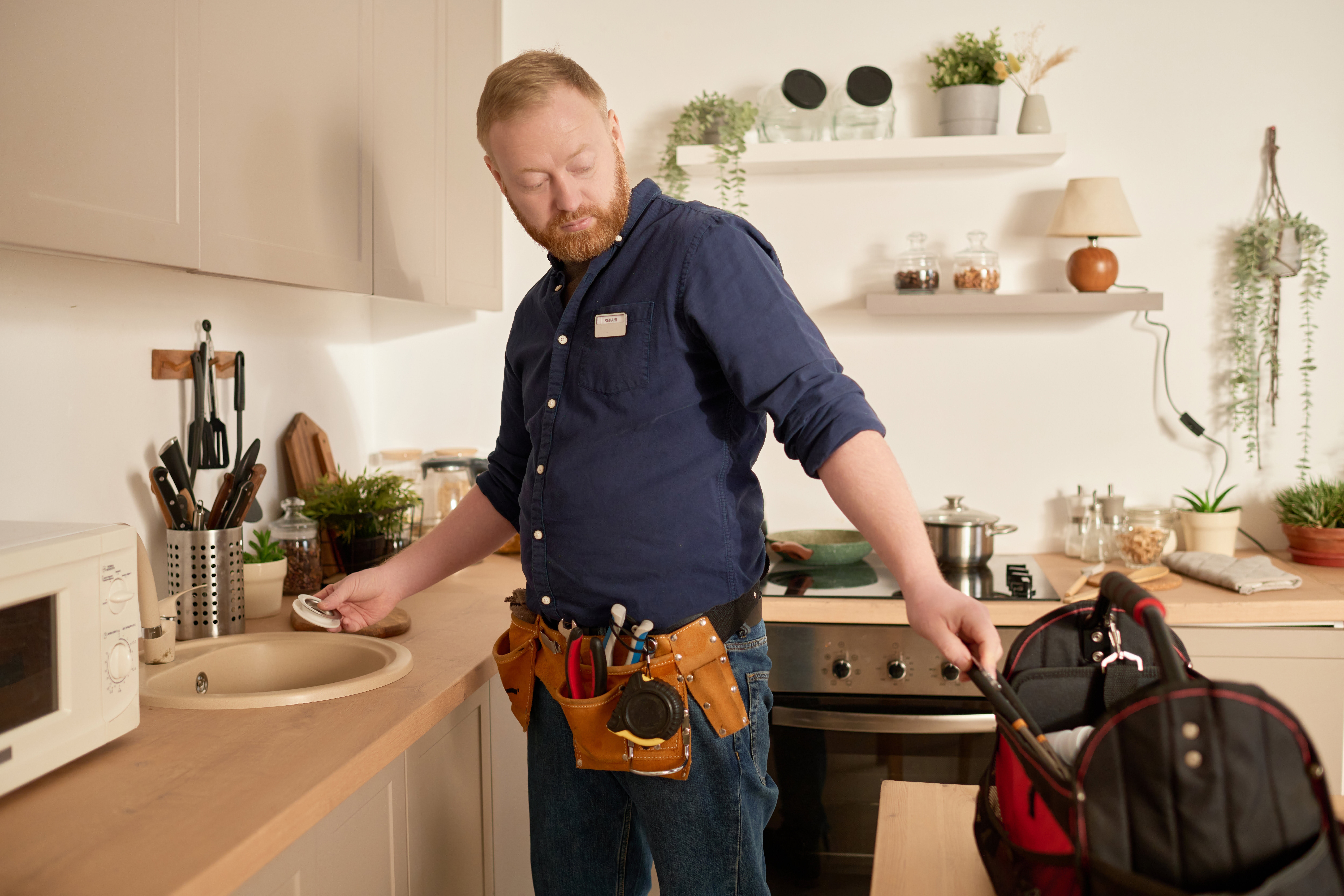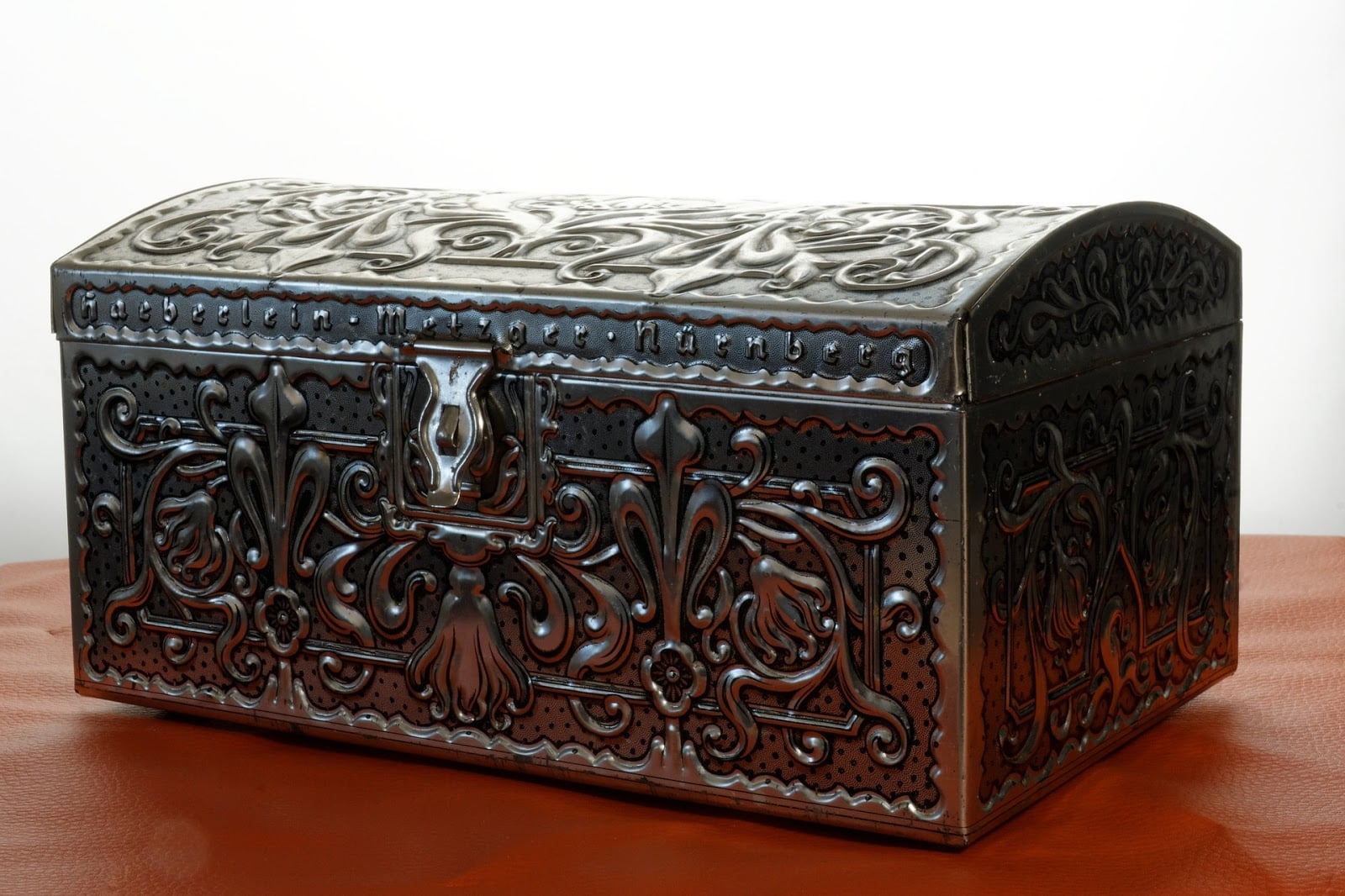Water leaks in a home can range from minor annoyances to significant issues that can cause thousands of dollars in damage. Spotting these leaks early is crucial for homeowners, especially those who live in areas where plumbing issues are prevalent. For residents who are on the lookout for reliable solutions, there are numerous excellent options for plumbing services in Levelland TX. The key, however, is being able to identify the symptoms of a leak before it wreaks havoc on your property. Let’s delve into the various signs and signals that your home may have a water leak.
A Spike in Your Water Bill
One of the most immediate and surprising indicators of a potential leak is a sudden increase in your water bill. If your water usage patterns haven’t changed, yet your bill shows a noticeable uptick, this might be due to an undetected leak in your system. Water leaks, even minor ones, can lead to a continuous flow of water, causing a surge in consumption. To determine the root of the problem, compare the current bill to your past records. If the numbers don’t add up, it’s worth investigating further.
Unpleasant Odors

Persistent, unpleasant odors can be indicative of a leak. When water finds its way into spaces it shouldn’t be, such as behind walls or under floors, it can lead to mold and mildew growth. These fungi emit a musty smell, which can be the first sign of an undetected leak. This scent is not just an inconvenience but a health hazard, especially for individuals with respiratory conditions, allergies, or a compromised immune system.
Stains and Discoloration
Moisture from leaks can manifest visually on walls, ceilings, and floors. If you notice mysterious stains or discoloration on these surfaces, especially in a spreading or expanding pattern, it’s a strong indication of an active leak. These blemishes can be yellow, brown, or even greenish in hue. It’s essential to tackle the leak source as soon as possible to prevent structural damage to your home.
Peeling Paint or Wallpaper
The integrity of your wall finishes can also hint at the presence of water leaks. When drywall becomes saturated with water, it can cause paint or wallpaper to bubble, peel, or blister. If you spot these signs, particularly in areas where there’s no obvious source of water exposure (like splashing from a sink), hidden plumbing issues might be the culprit.
Sounds of Running Water
Sometimes, your ears can be as crucial as your eyes in detecting a leak. If you hear the sound of running water when all faucets are off, or if there’s a persistent dripping sound coming from walls or ceilings, it’s a clear sign that water is escaping somewhere it shouldn’t. It’s essential to trace the source of these sounds and address the issue swiftly.
Damp or Warm Spots
Random damp spots on your floor, especially if they’re warm, can suggest a leaking hot water line beneath. Over time, these leaks can damage your home’s foundation, making them especially insidious. Immediate attention is crucial in such cases, both to prevent foundational damage and to save on heating costs.
Decreased Water Pressure
If you notice a sudden drop in water pressure when using your taps or shower, there could be a leak in your system. A significant leak can divert water from its intended destination, leading to weak flow in faucets and showers. This symptom might be accompanied by gurgling sounds or air bubbles emerging from the taps.
Mold or Mildew Growth
While mold and mildew can develop in naturally damp areas of a home, such as bathrooms, their unexpected appearance in other areas is a red flag. Mold and mildew thrive in damp environments, so if you notice growth in areas that are typically dry, it’s very likely due to an undetected water leak.
Unexplained Puddles or Wet Spots
If you find puddles of water or consistent wet spots in areas where there’s no apparent water source, it’s a direct indication of a leak. These can be outdoors, near the foundation of your home, or indoors on floors, counters, or beneath appliances.
Warped and Buckled Flooring
Flooring can also tell you a lot about the state of water in your home. Hardwood floors, in particular, are very sensitive to moisture. When exposed to excess water, wooden floorboards can warp, buckle, or swell. The nature of wood is to expand when it absorbs water, and this can lead to noticeable changes in the floor’s surface. If you find that a section of your floor suddenly feels uneven underfoot, or if you notice gaps forming between floorboards, a leak might be lurking beneath.
Sagging Ceilings and Drooping Walls
One of the more alarming visual signs of a hidden leak is a sagging ceiling or drooping wall. When water infiltrates the ceiling or wall cavities, the weight of the trapped water can cause the ceiling material to sag downwards. Similarly, water-soaked walls can begin to droop or bow. These signs are typically indicative of a substantial leak and should be addressed immediately to avoid further structural damage or potential collapse.
Rust and Corrosion on Fixtures
Water leaks can sometimes be detected by examining the condition of your home’s fixtures. If you observe rust or corrosion on faucets, showerheads, or pipe connections, it can be a sign of a slow and persistent leak. Metal becomes corroded when it remains in prolonged contact with water, especially if the water is slightly acidic or has minerals that accelerate the rusting process.
Growth of Grass or Plants in Odd Locations
This is a sign more relevant to outdoor leaks or slab leaks. If you suddenly notice a patch of your lawn looking particularly lush, green, and vibrant compared to the surrounding area, it could be benefiting from an unintended water source. Similarly, the growth of plants in unusual locations, especially near the foundation, can indicate a leakage that’s nourishing the vegetation.
Foundation Cracks or Settlement
A leak that has gone unnoticed for a considerable period can eventually start to impact the foundation of your home. Water erodes the soil around the foundation, causing it to shift or settle. This can manifest as visible cracks in the foundation or even in the walls of the home. In severe cases, doors and windows might become misaligned, making them challenging to open or close.
Persistent Health Symptoms
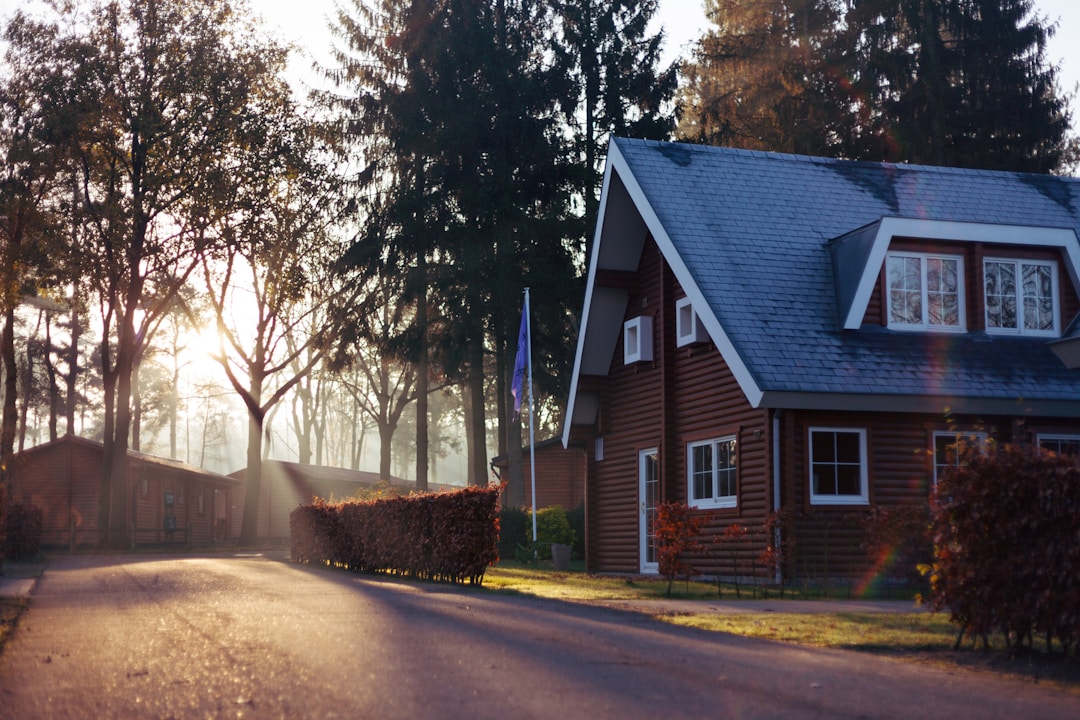
While this isn’t a direct visual sign of a leak, recurrent health symptoms among household members can be an indirect indicator. Exposure to mold and mildew from prolonged leaks can cause a range of health problems. If family members begin exhibiting signs of allergies, respiratory issues, or unexplained illnesses, and these symptoms seem to alleviate when they’re away from home, it might point toward mold exposure due to hidden leaks.
Insects or Pest Infestations
Damp environments become a breeding ground for various pests. Insects like silverfish, cockroaches, and certain species of ants are attracted to moist areas. If you suddenly notice an increase in the presence of these pests in your home, especially in areas where you haven’t seen them before, there might be a hidden source of moisture feeding their infestation.
Conclusion: Addressing Leaks Head-On
Water leaks can be deceptive. What might start as a minor inconvenience can quickly escalate into a major concern, leading to structural damage, increased utility bills, and potential health issues. Being vigilant and recognizing the signs and signals of water leaks can save homeowners considerable time, money, and stress. When you suspect a leak, it’s imperative to seek expert advice and intervention. Addressing the issue head-on ensures the safety and longevity of your home.






